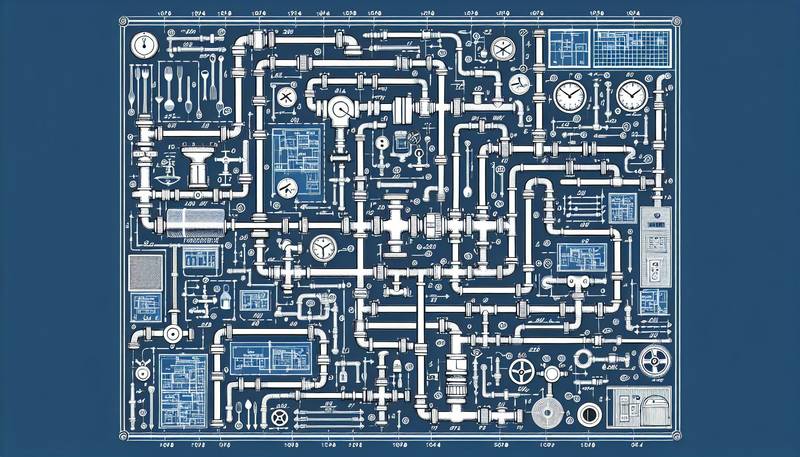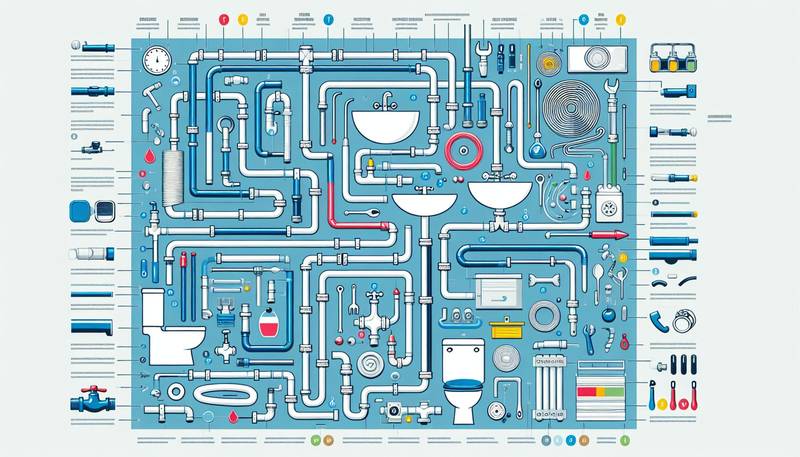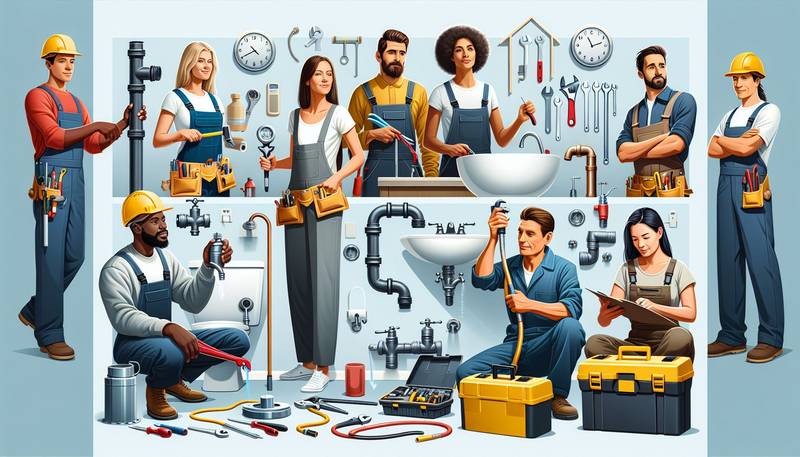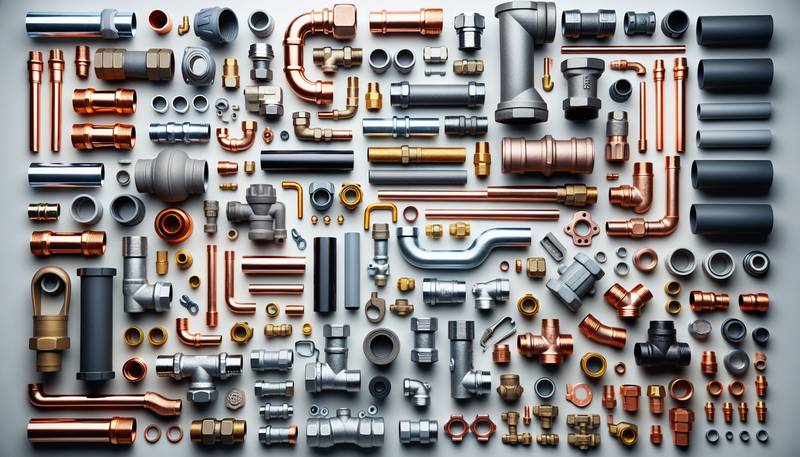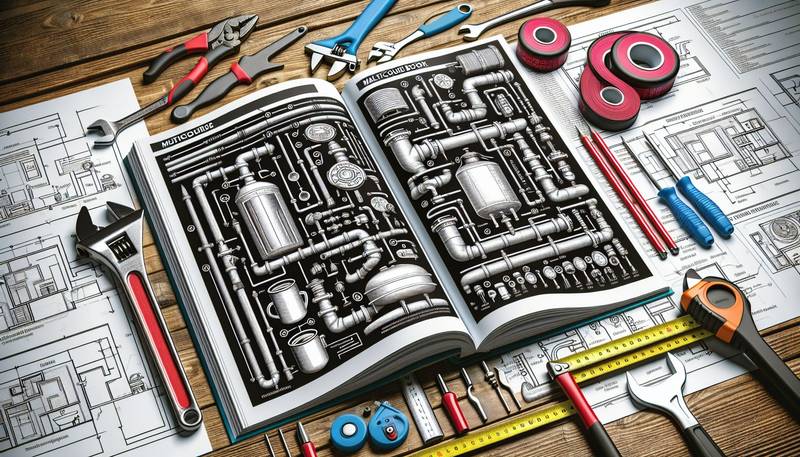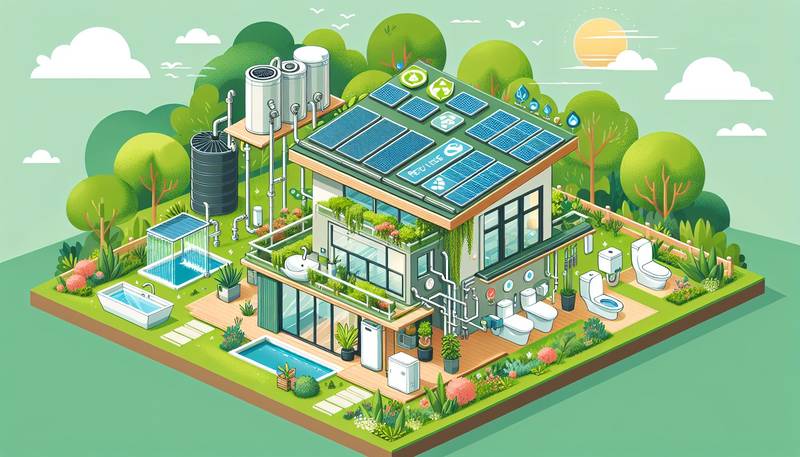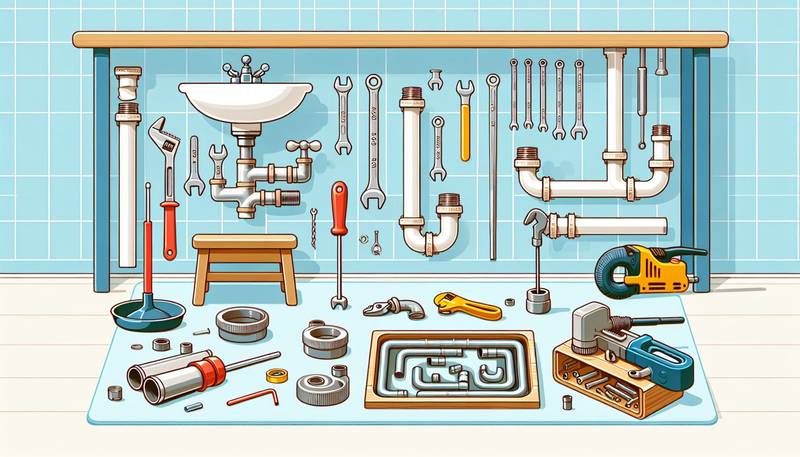A Comprehensive Guide to Residential Plumbing Layout
In this comprehensive guide, we will discuss the key components and considerations for designing a residential plumbing layout that meets the needs of modern households.
Understanding Plumbing Systems
Before diving into the specifics of residential plumbing layout, it's important to understand the basic components of a plumbing system. A typical residential plumbing system consists of supply lines, drainage pipes, fixtures, and appliances. Supply lines are responsible for delivering clean water to various fixtures and appliances in the house, while drainage pipes are designed to carry wastewater away from the property. Fixtures include sinks, toilets, showers, and bathtubs, while appliances such as dishwashers and washing machines also require plumbing connections.
Planning Your Plumbing Layout
When planning your residential plumbing layout, it's crucial to consider the overall design and layout of your home. Start by creating a detailed floor plan that identifies the location of each fixture and appliance, as well as the placement of supply and drainage lines. Take into account the size and layout of each room, as well as any existing plumbing connections that may need to be modified or upgraded. Working with a professional plumber or contractor can help ensure that your plumbing layout meets building codes and regulations.
Locating Fixtures and Appliances
The placement of fixtures and appliances plays a key role in determining the overall efficiency and functionality of your plumbing system. When locating fixtures such as sinks and toilets, consider factors such as access to clean water lines, drainage connections, and ventilation requirements. Appliances like dishwashers and washing machines should also be positioned in close proximity to water and drainage lines to minimize the need for extensive plumbing modifications.
Designing Supply Lines
Supply lines are responsible for delivering clean water to fixtures and appliances throughout the home. When designing supply lines, it's important to consider factors such as water pressure, flow rate, and fixture compatibility. Copper and PEX pipes are commonly used for supply lines, while flexible hoses are often used to connect appliances like dishwashers and washing machines. Be sure to size your supply lines appropriately to ensure adequate water flow to each fixture in the house.
Installing Drainage Pipes
Drainage pipes are essential for removing wastewater from fixtures and appliances in the home. Properly designed drainage systems should slope downward to ensure efficient drainage and prevent clogs and backups. PVC and ABS pipes are commonly used for residential drainage systems, while P-traps and vents are included to prevent sewer gases from entering the home. Work with a professional plumber to design and install drainage pipes that comply with local building codes and regulations.
Adding Ventilation
Ventilation is a critical component of any residential plumbing system that helps prevent sewer gases from entering the home and maintains proper drainage flow. Vent pipes are typically installed vertically and connect to the drainage system to provide a pathway for air to enter and exit the pipes. Proper ventilation ensures that wastewater flows smoothly through the drainage system and reduces the risk of foul odors and backups. Consult with a plumber to determine the ventilation requirements for your specific plumbing layout.
Conclusion
Designing a comprehensive residential plumbing layout requires careful consideration of various factors, including fixture placement, supply lines, drainage pipes, and ventilation. By following the guidelines outlined in this guide and working with a professional plumber or contractor, you can create a functional and efficient plumbing system that meets the needs of your household. Proper planning and installation are key to ensuring the long-term performance and durability of your residential plumbing system.
